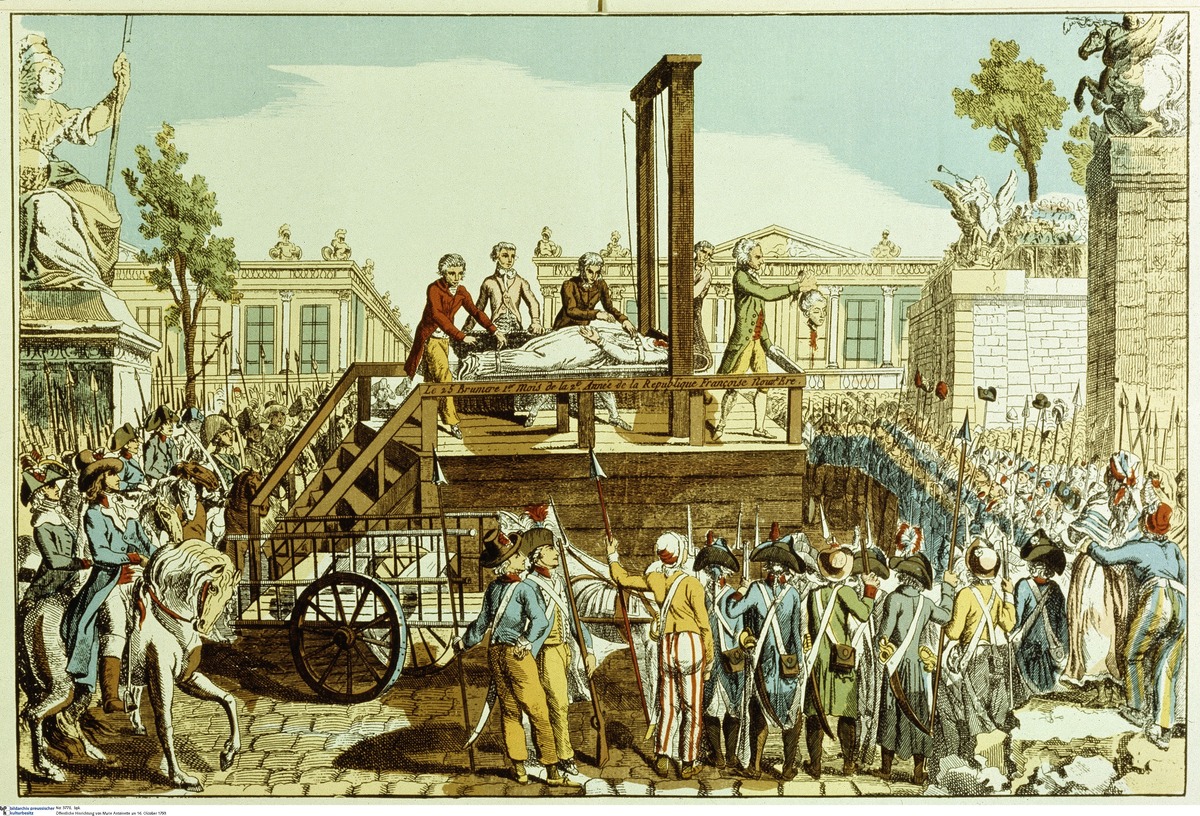Abstract
In the face of real and imagined threats at home and abroad, French revolutionaries put King Louis XVI on trial and executed him on January 21, 1793. His wife, Marie Antoinette, had been a target of public criticism even before the Revolution, and with France now at war with Austria, the queen’s family background – she was the daughter of the Austrian Empress Maria Theresa, the sister of the two succeeding emperors of Austria (Joseph II and Leopold II) – could have hardly endeared her to anyone. She also exercised poor judgment and pursued an opulent lifestyle that came to symbolize the decadence of both the French monarchy and the nobility. When the revolution broke out, she sided with the anti-revolutionary party at court and subsequently asked her brother, Emperor Leopold II, for assistance, which would later figure in her trial before a revolutionary tribunal on charges of high treason. She was condemned to death and executed by guillotine on October 16, 1793. Her beheading, like her husband’s, was a public event attended by a large crowd; it sent a chilling signal to the European monarchs that the revolutionaries would tolerate no counterrevolutionary activities.
